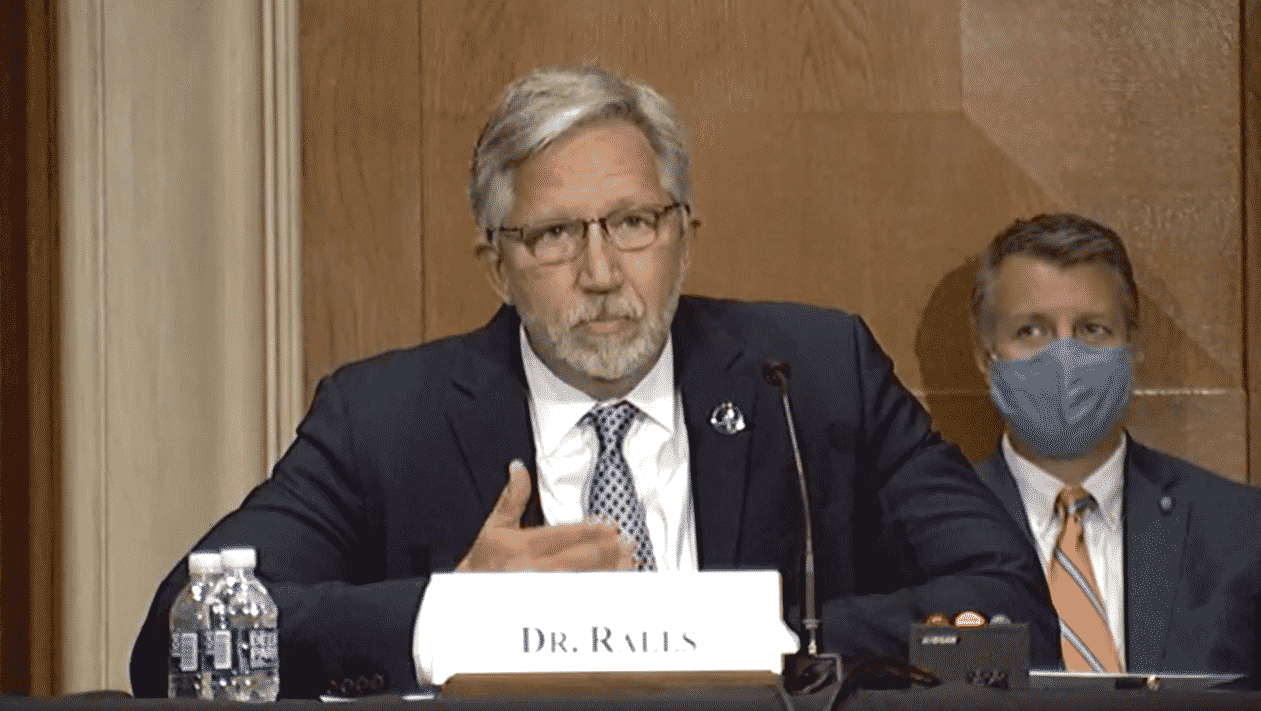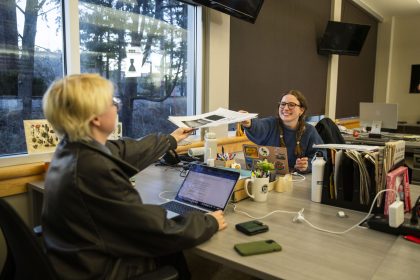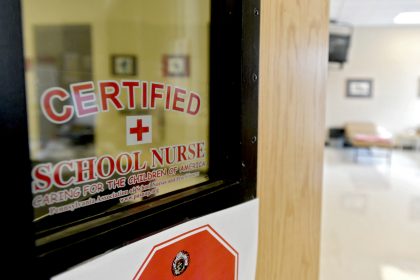‘No Need to Reinvent the Wheel’ to Recover US Workforce

With at least 4 million long-term unemployed American workers more than a year into the pandemic, witnesses before a US Senate hearing Tuesday called for the expansion of a post-secondary education grant to cover short-term, high quality programs.
Throughout the hearing, entitled, “COVID-19 Recovery: Supporting Workers and Modernizing the Workforce Through Quality Education, Training, and Employment Opportunities.” lawmakers grappled with how to properly recover the workforce in a way that would address the immediate needs of the economy and those disproportionately affected by the pandemic, but to also sustainably meet the future demand.
Sen. Richard Burr, R-N.C., began by stating there was no need to reinvent the wheel on the array of federal and state programs available for workforce development, but instead align and streamline them to ensure they actually meet the needs of those they serve. The majority of those unemployed and most affected by the pandemic have been low-income people of color, people with disabilities and women.
Many of those unemployed “need access to short-term programs to help them earn credentials and reenter the workforce quickly,” said Sen. Tim Kaine, D-Va., pointing out technical and community colleges are “at the forefront of this.”
Kaine recently introduced a bipartisan bill with Sen. Rob Portman, R-Ohio, to extend Pell Grants to low-income and working students to access these short-term, high-quality career and technical programs to meet the “skills gap” to fill 7.3 million “vacant” jobs.
Most of these non-traditional students need the credentials they receive through these short-term programs in order to get the job, said Dr. Scott Ralls, president of Wake Technical Community College. Oftentimes, he added, they also need the job to be able to have the post-secondary education degree to advance their career.
And community colleges like Wake Technical, which offers over 200 degrees and certificates, stackable credentials and an apprenticeship program, are “the backbone of workforce development,” he explained.
“Colleges like ours are the colleges of essential workers,” Ralls said, and comprehensive “career ladders” providing educational and work-based pathways to skill training and higher wage jobs.
Despite 49% of jobs in New York requiring post-high school skills training, not a four-year degree, only 37% of the states’ “workers have had access to the skills training necessary to fill these in-demand careers,” said Alejandro Mendoza, human resources director at Optimax Systems.
Demand at Optimax, for example, has grown throughout the last year but was only able to hire 13 employees instead of the 30 to 40 workers they needed. Mendoza echoed the need to expand “financial aid to anyone seeking skills training,” but also “aggressive and effective investment” for skills training programs. He also emphasized ongoing collaboration with industry partners that can truly identify the in-demand skills and a variety of pathways for recruiting, training, and retention.
“To bridge the divide between those needing and wanting quality jobs, and employers who desire skilled workers, we must collaborate with other workforce agencies and partners to provide comprehensive services,” said Deniece Thomas, deputy commissioner at the Tennessee Department of Labor and Workforce Development.
The workforce services she is referring to include workforce development programs and also incorporates “a suite” of supporting services – quality childcare, transportation and broadband access – that would do away with barriers preventing some from pursuing these opportunities.























